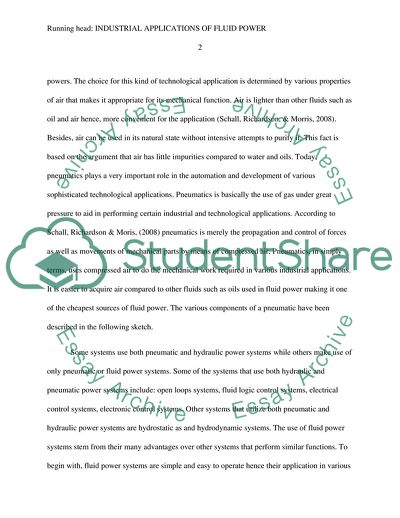Cite this document
(Industrial Applications of Fluid Power Assignment, n.d.)
Industrial Applications of Fluid Power Assignment. https://studentshare.org/science/1852111-industrial-applications-of-fluid-power-symbols-and-components
Industrial Applications of Fluid Power Assignment. https://studentshare.org/science/1852111-industrial-applications-of-fluid-power-symbols-and-components
(Industrial Applications of Fluid Power Assignment)
Industrial Applications of Fluid Power Assignment. https://studentshare.org/science/1852111-industrial-applications-of-fluid-power-symbols-and-components.
Industrial Applications of Fluid Power Assignment. https://studentshare.org/science/1852111-industrial-applications-of-fluid-power-symbols-and-components.
“Industrial Applications of Fluid Power Assignment”. https://studentshare.org/science/1852111-industrial-applications-of-fluid-power-symbols-and-components.


